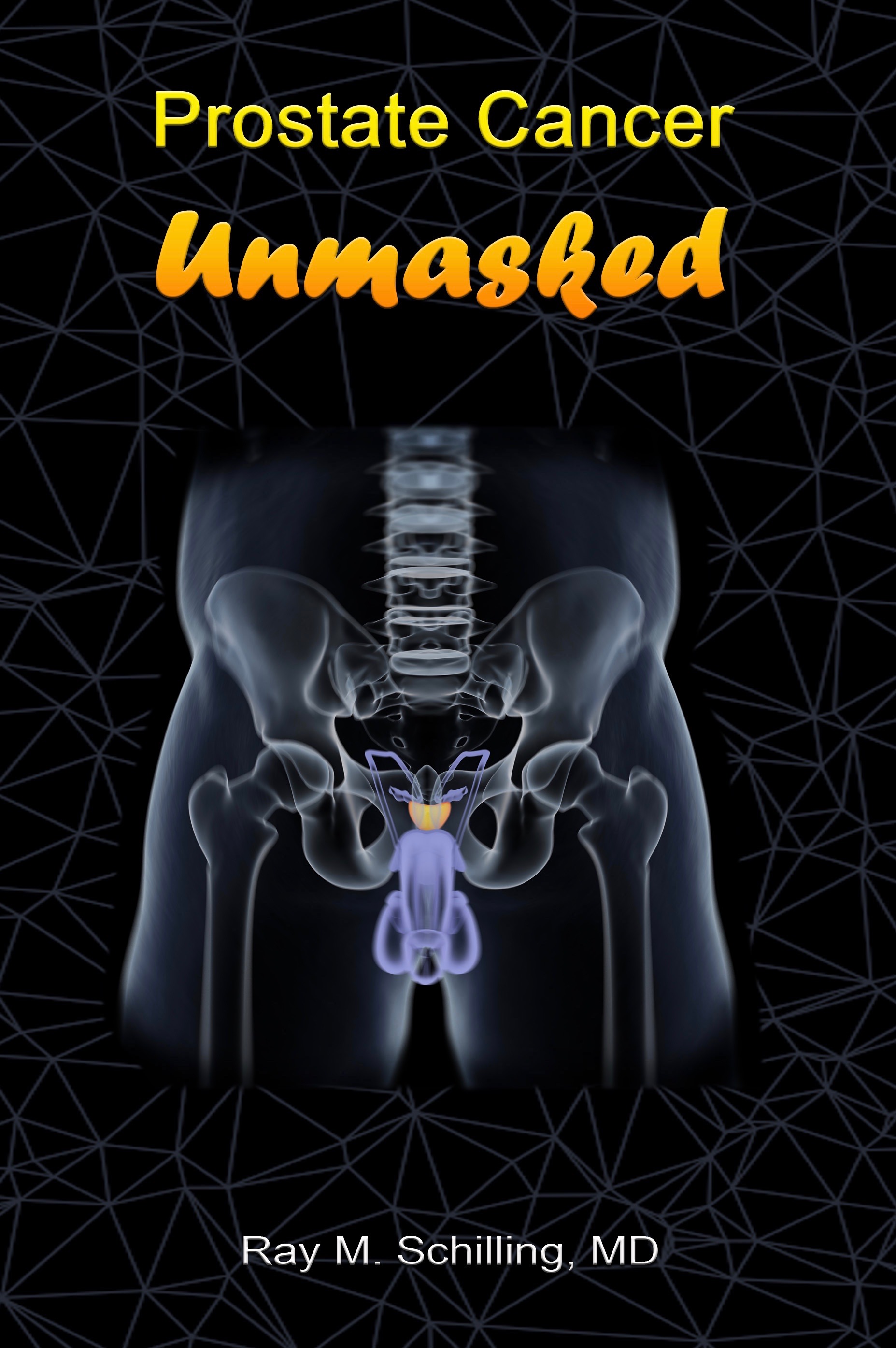Introduction
Rett syndrome is rare and occurs only 1 in 15,000 to 20,000 girls aged 1 to 18 years (based on studies in Sweden, the US and Japan).
Although this is a genetic abnormality, less than 1% of the cases are inherited conventionally as most occur spontaneously in the last stages of pregnancy. It is confined almost exclusively to girls. There is a mutation in the MECP2 gene on the X chromosome (thanks to www2.lbl.gov/Science-Articles for the link), but this in not necessarily immediately obvious.
Course Of Illness
It takes usually until the age of 6 to 18 months to express itself by developmental delay (problems crawling or late in walking). There is a progressive loss of purposeful use of her hands and the ability to speak. There are 4 stages that have been defined in the more severe expression of the disease (see more details under Ref. 2 below). Some of the symptoms are repetitive movements (moving repeatedly to the mouth) or clapping, wringing, washing motions. There is muscle weakness causing gait problems. Some features are similar to autism, but it is a different neurological entity.
Diagnosis
A child neurologist needs to be involved in the diagnosis of this condition. The specialist will go over the symptoms in detail and rule out other conditions. A genetic test will help to diagnose about 70% to 80% of the cases (MECP2 gene assay), but 20% to 30% will be due to other genetic abnormalities. At this point there is no reliable therapy for this rare condition. More research is needed to possibly develop a genetic vaccine in the future.
References:
1. Subtypes of Rett syndrome: http://omim.org/entry/312750
2. More info on Rett syndrome: http://www.ninds.nih.gov/disorders/rett/detail_rett.htm







